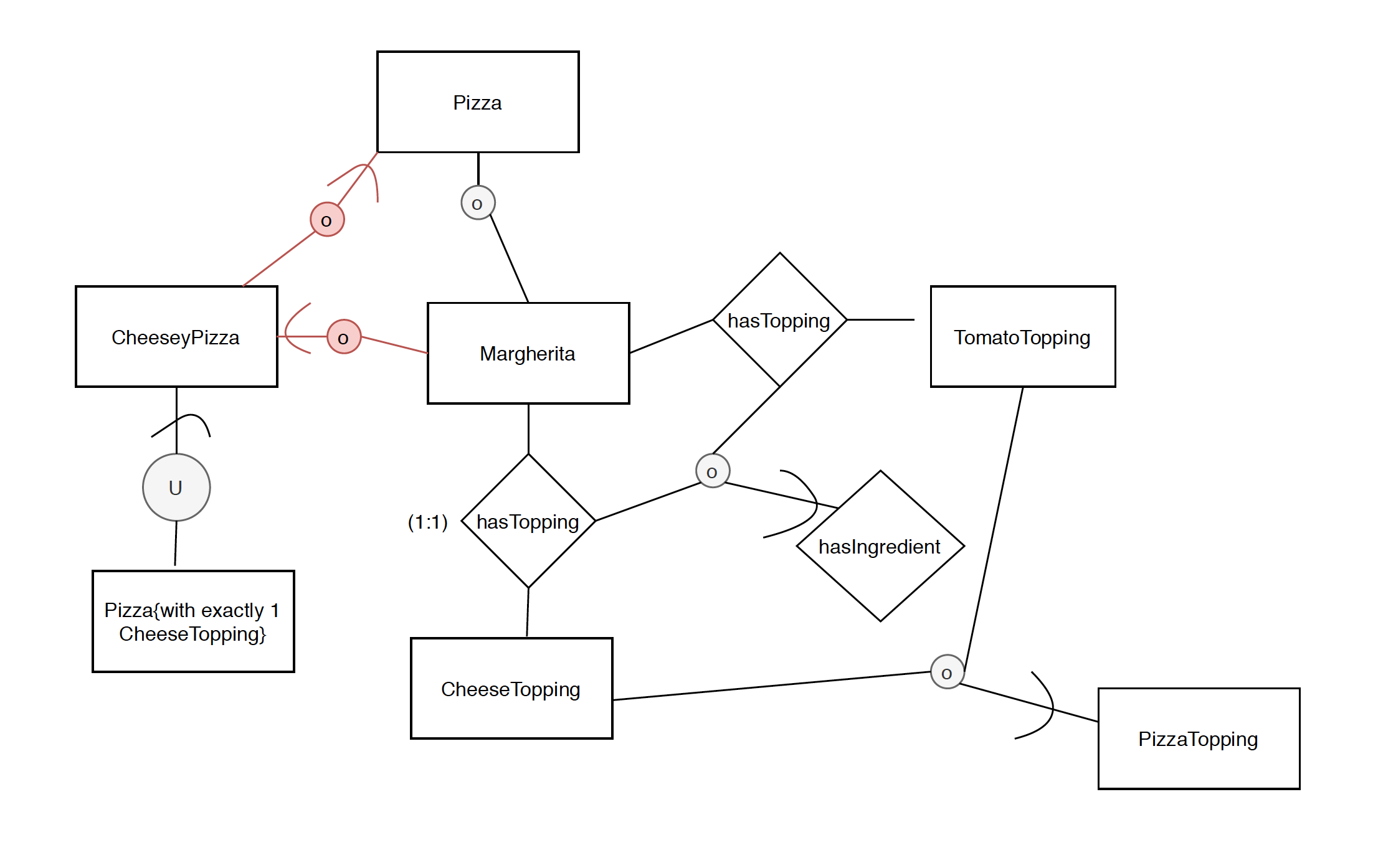
Knowledge can be thought of as a map of inter-related concepts where the inter-relations describe the relationship between concepts. A proposed architecture KnowID
devised a series of steps to manage knowledge and produce some ontology or conceptual data model defined by EER features. The final subprocess in this knowledge management sequence is the
materialization of deductions tasked with making implicit knowledge within a model explicit. The proceeding step detects these inferences so the ontology can be edited with them to finally produce an expressive EER as output.
Visual querying is a method that makes use of visual components to allow users, especially those without experience in structured query languages to formulate queries. Users are provided with a query environment which they can use to interact with any visual elements to put together queries that will be transformed into the relevant querying language associated with the database which they are querying.
The visual query tool is a React webapp that gives users the ability to load an EER model and construct queries on them.

Taken from: FAIR19-KnowID.pptx by Maria Keet, Pablo Fillotrani
Bradley Malgas is a Honours student at the Univesity of Cape town. He holds a Bachelor of Science majoring in Computer Science and Business Computing. He worked on the Visual Query Tool component in the KnowID project.
Mandisa Baleni is a Computer Science honours student at the University of Cape Town. She is a great supporter for processing and navigating information through visual systems as she believes it is the most effective way to learn.
